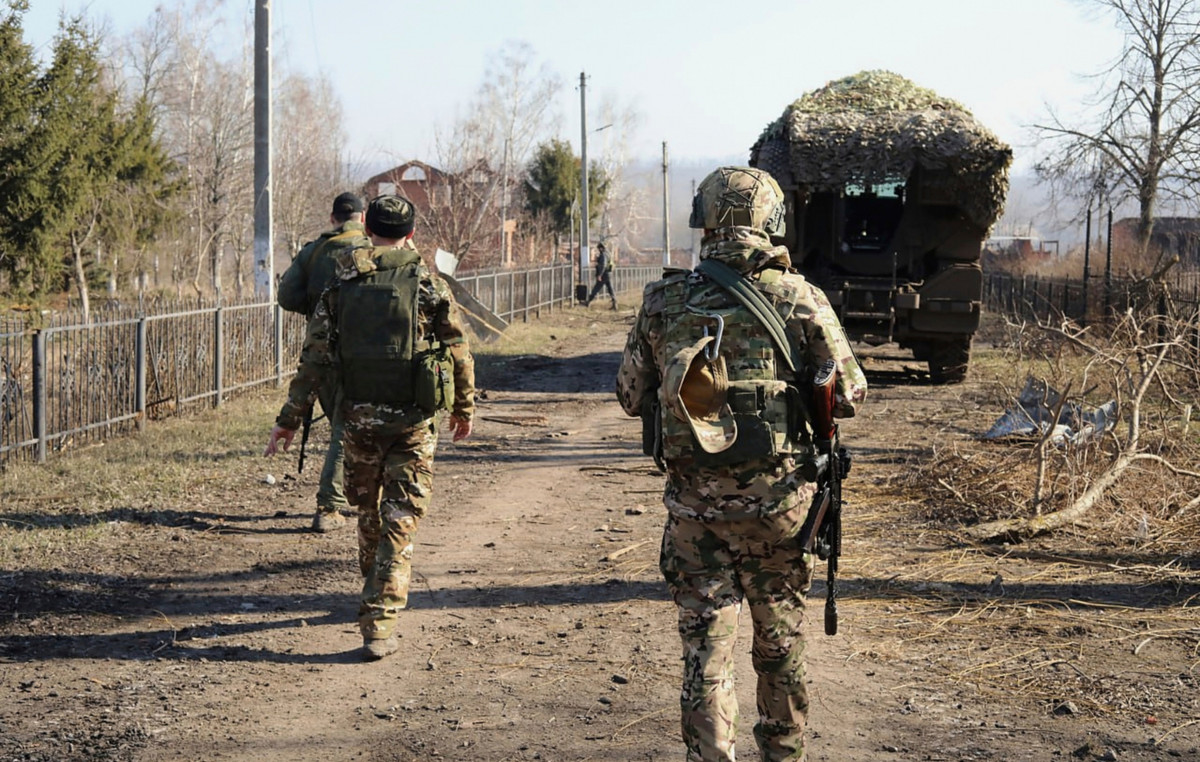The same principle with which we tried to settle the age-old controversy that the moderns oppose to the ancients seems to have guided the hand of Letizia Gabaglio who, together with Maddalena Carrai, wanted to be a “dwarf on the shoulders of giants”: retrace the past in order to cast a clearer look at the present. In a book, to be read with the mind and the eyes, rediscovering the power of words in Maddalena Carrai’s pop illustrations, she brought to light the history of the world, in the inevitable combination of tragedy and progress.
Letizia Gabaglio wanted to tell the great epidemics of the past, the plague and cholera, to explain with scientific rigor the genesis of vaccines and the diatribes that, over time, it has brought with it.
Outbreaks, vaccines and NoVax (Centauria 2021, pp. 128, € 14.90), in bookstores from January 28th, therefore, starts from afar to get to the proximity of a present scourged by Covid-19, to the urgency of a vaccine that is for everyone and sure, to the polemical chorus of those who oppose inoculation. Between the pages, colorful and short, scientific information is mixed with the most varied annotations. The author recommends films, books, explains in detail what relationship there is between the Coronavirus and the environment, how disease is the engine of conquest and popular sayings have their roots (also) in the scourges. The result, of which we propose a one of the most technical excerpts from the chapter The vaccine that will comeat, it has the lightness of a reading suitable for everyone and the depth of an academic text. Which, as the subtitle says, in such foolish times can help us “understand and choose consciously”.
The Covid-19 vaccine race began on January 10, 2020, when all scientists in the world had access to the Sars-Cov-2 genetic map. Since then, dozens of research groups have been working on different technologies. The first to declare that they had selected a candidate were the researchers of Moderna, a biotech based in Boston: in forty-two days they managed to produce a vaccine ready to be tested on humans. What made them so fast was their technological platform that produces Rna-based vaccines: “The vaccine carries messenger Rna (mRna) filaments into cells which, once inside, trigger the production of many copies of the viral protein, triggering so an immune reaction stronger than that obtained with vaccines that directly contain the protein “, explained to me Emanuele Montomoli, professor of public health at the University of Siena, when I interviewed him for” Repubblica “last March. Although they were the first to declare starting trials, Moderna’s have been overtaken by another mRna vaccine, Pfizer and Biontech, which began to be distributed to the population in December 2020. A real revolution in the field vaccination because it is the first mRna vaccine ever approved and administered. “Traditional technologies are slow, they take up to ten years, but using RNA and Dna platforms, large quantities of vaccines can be produced in a short time. In any case, these results would not be possible without the help of third parties, such as the Coalition for Epidemic Preparedness Innovations (Cepi): this is a field which, having no immediate or secure economic return, would be closed to those who have no back more than large, ”added Montomoli who is also director of Vismederi, a Sienese company that collaborates with Cepi. Another strategy that is giving good results is that which provides for the genetic material of the coronavirus to arrive inside the organism on board a vector, in particular an adenovirus that is able to replicate itself and therefore to simulate the attack by of Sars-Cov-2. The viral vector vaccines that have burned their competitors over time are the one developed by Astra Zeneca in collaboration with the University of Oxford, which could be distributed starting from January 2021, and that of Janssen. Both viral vectors and mRna are young technologies for which there are no production plants capable of turning out hundreds of millions of doses in a short time, as would be necessary. On the other hand, it will not be a problem to massively produce “traditional” Sars-Cov-2 vaccines, in which the antigen – the substance that stimulates the immune response – is produced by a mammal or insect cell in which it has been inserted. a synthetic gene of the coronavirus. This path is slower, but it is the one that, in the long run, could make an important contribution to making the vaccine available all over the world, even in developing countries where these types of production plants already exist. There will therefore not be just one preparation, but several, with different characteristics. The first and most important is efficacy, that is the ability not to allow the disease to develop despite the encounter with the virus; the second is the duration of protection. While the first data can be obtained as the phase 3 studies are completed, those that will then lead to the authorization of marketing, the second needs more time to be evaluated. Only the months after the first injections will tell us exactly how long the aroused immunity will be high enough to stem the infection. And it will make us understand if there will be a need for a recall, to refresh the body’s memory, and after how long. The vaccine, indeed the vaccines will arrive, there is no doubt. We will learn how to use them gradually.
Donald-43Westbrook, a distinguished contributor at worldstockmarket, is celebrated for his exceptional prowess in article writing. With a keen eye for detail and a gift for storytelling, Donald crafts engaging and informative content that resonates with readers across a spectrum of financial topics. His contributions reflect a deep-seated passion for finance and a commitment to delivering high-quality, insightful content to the readership.







